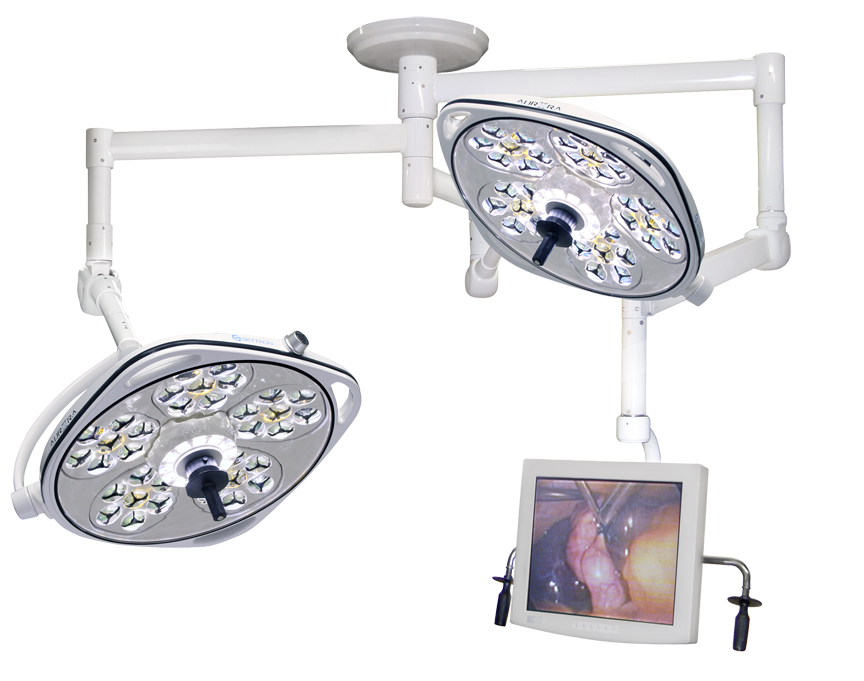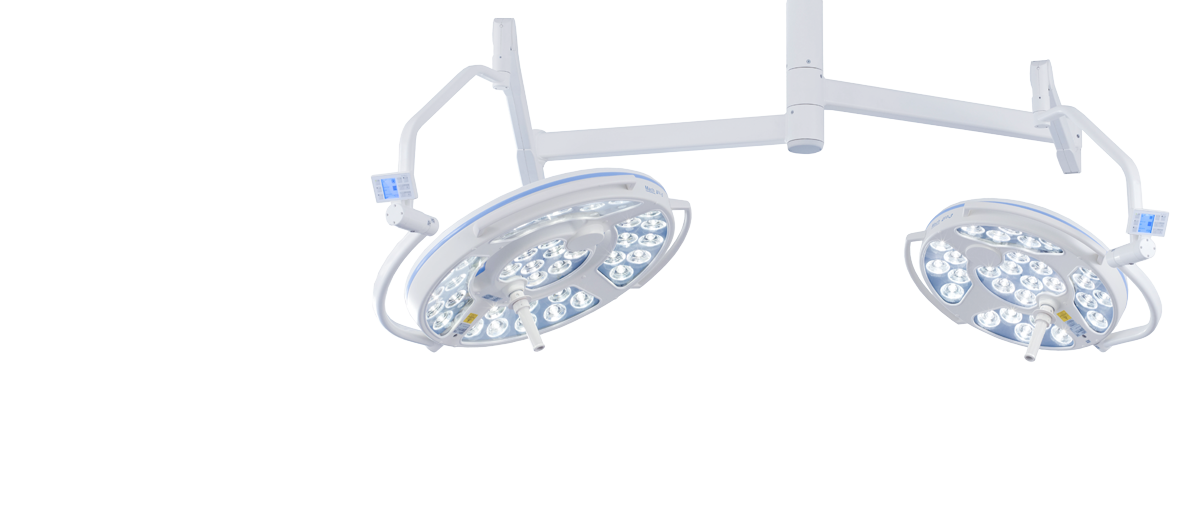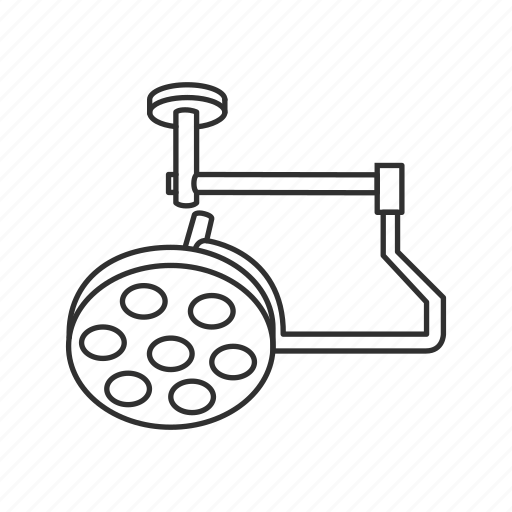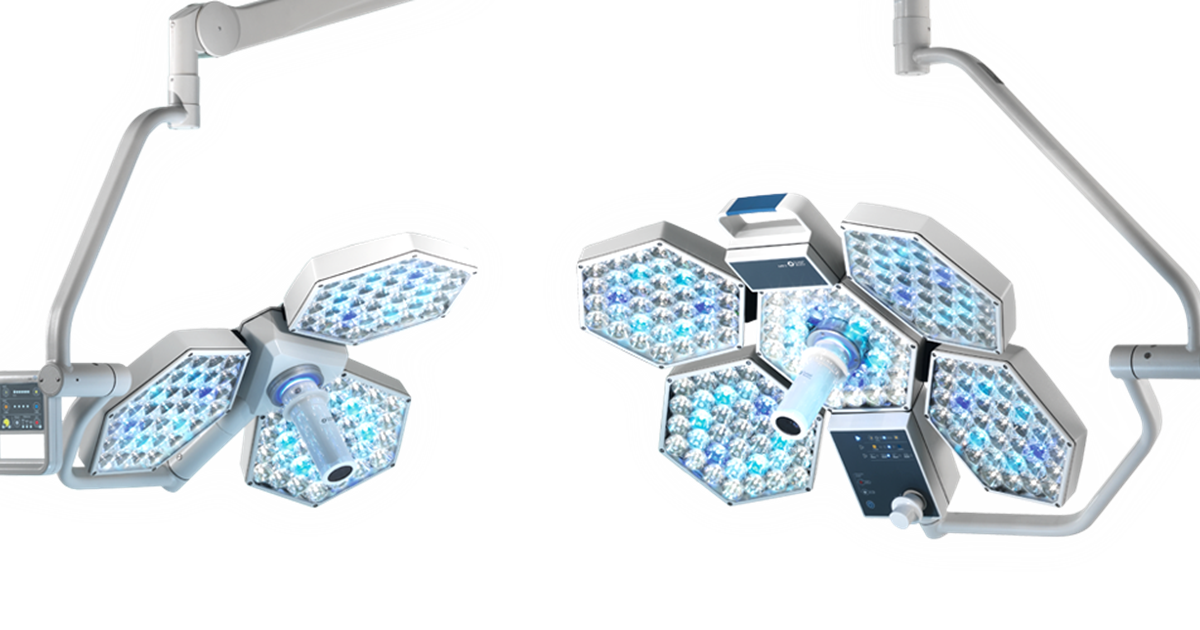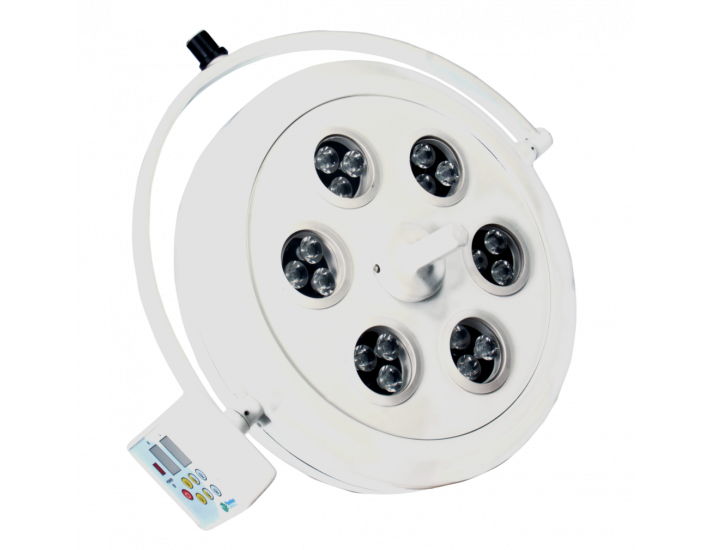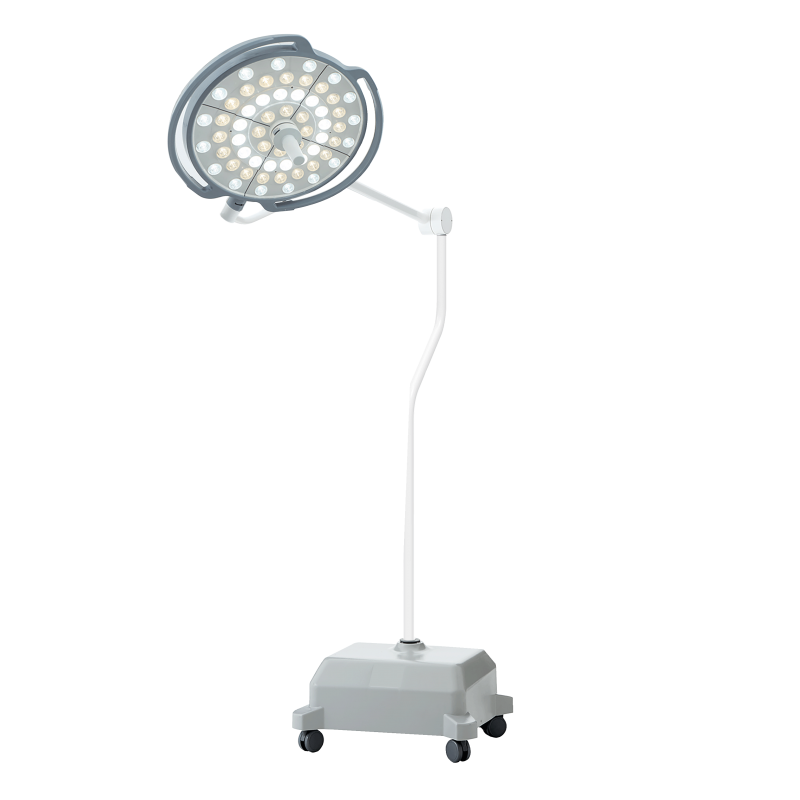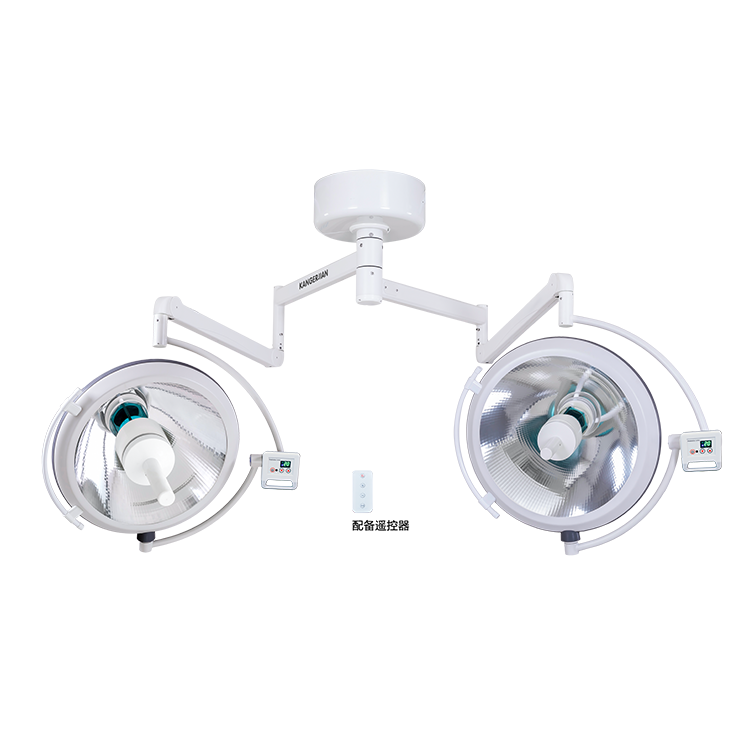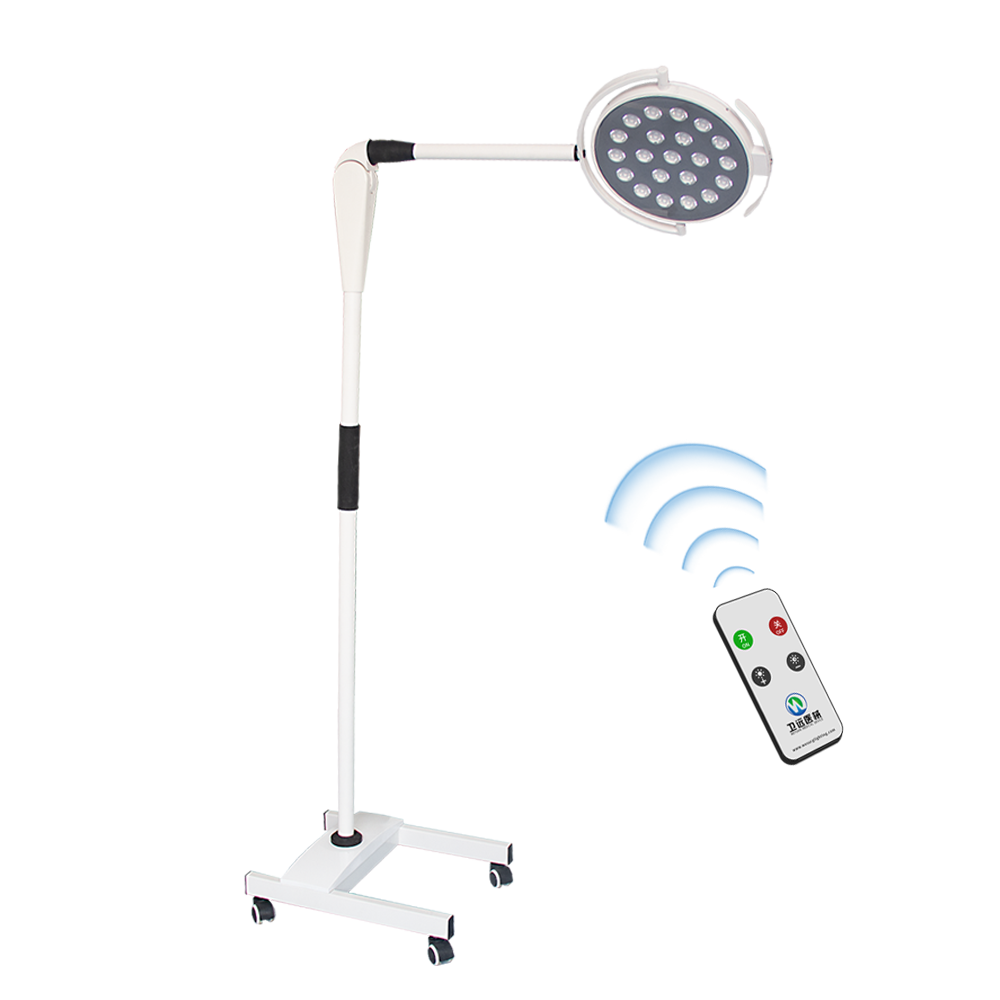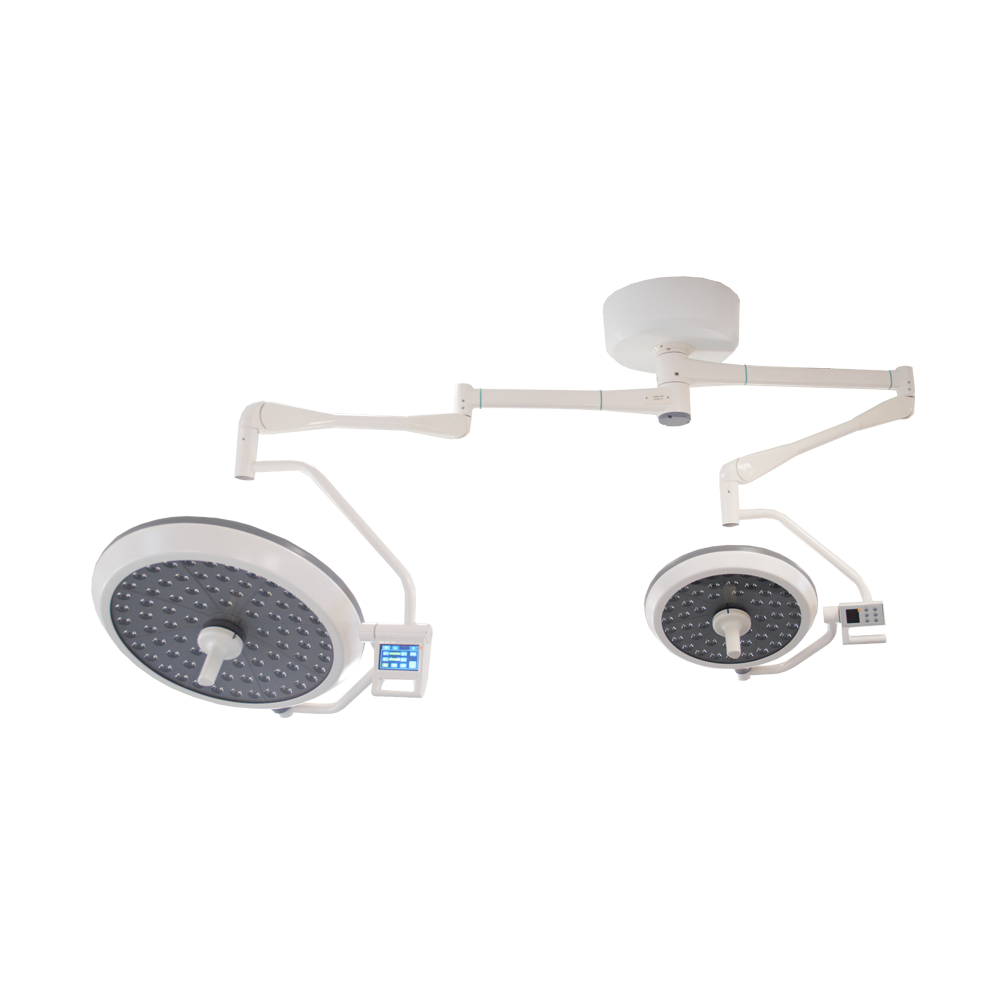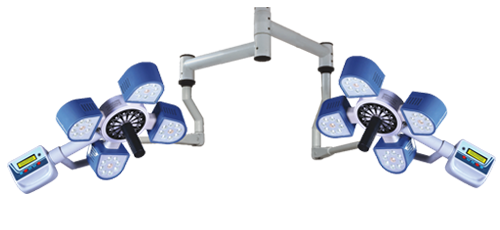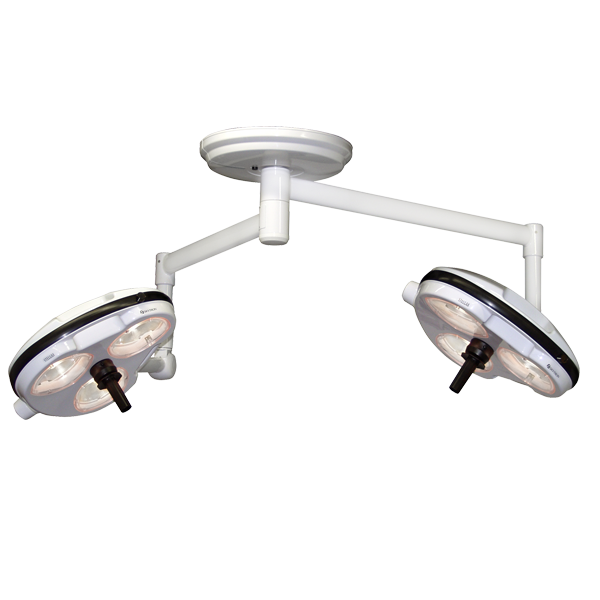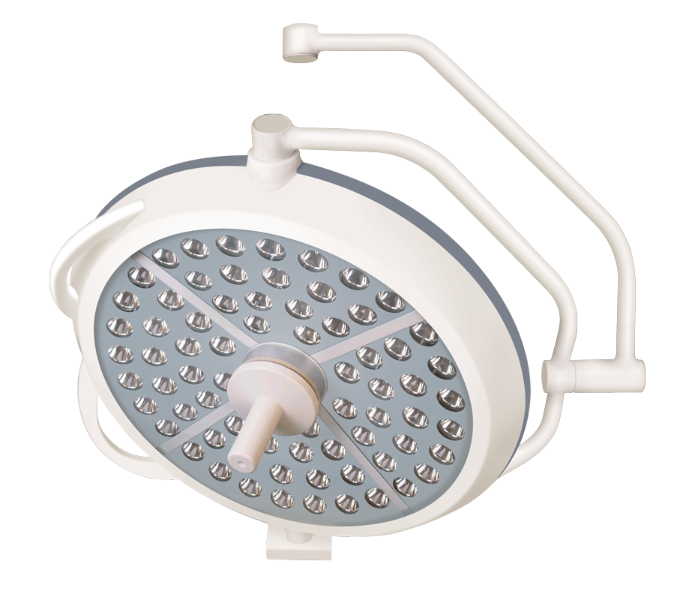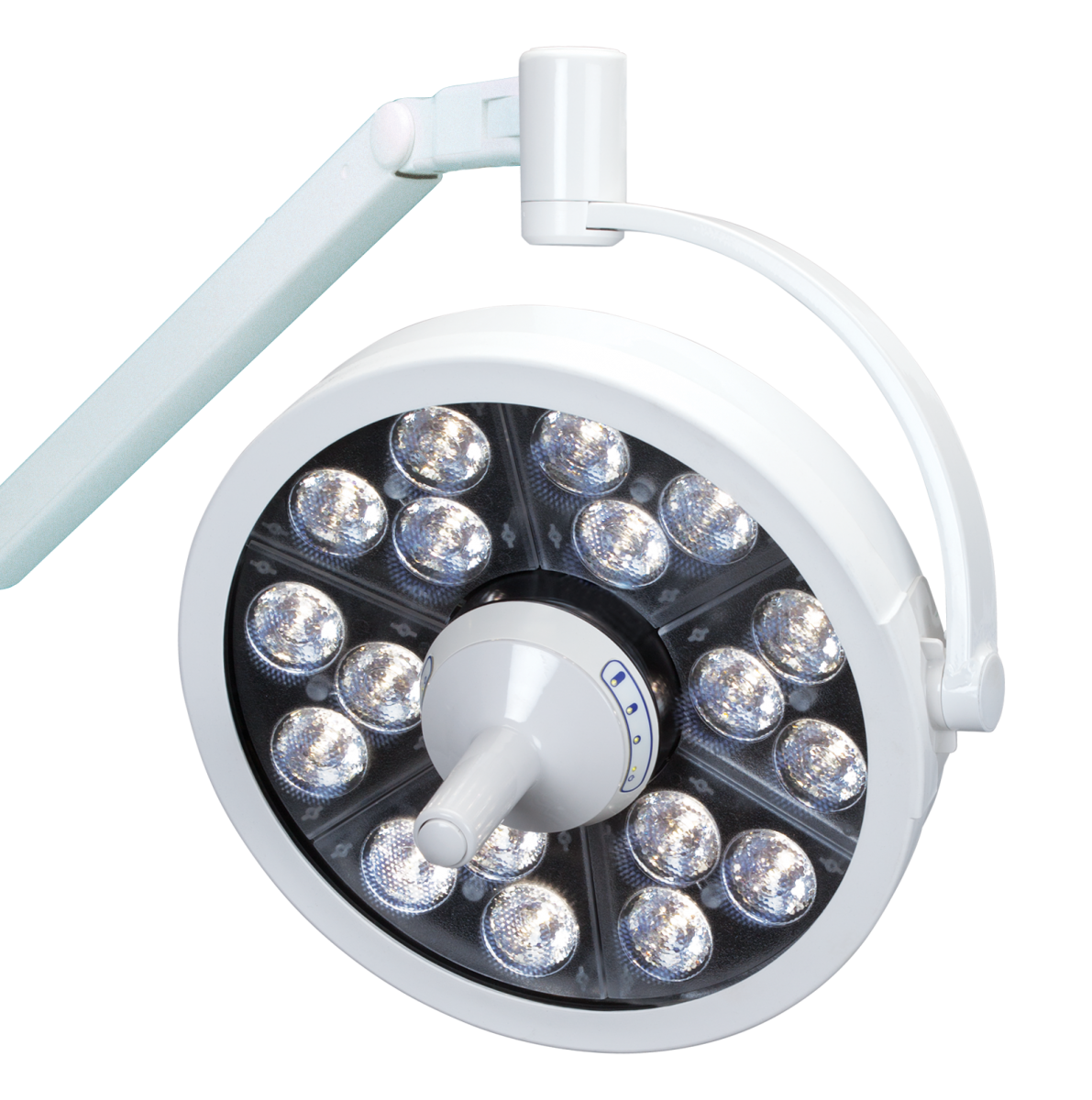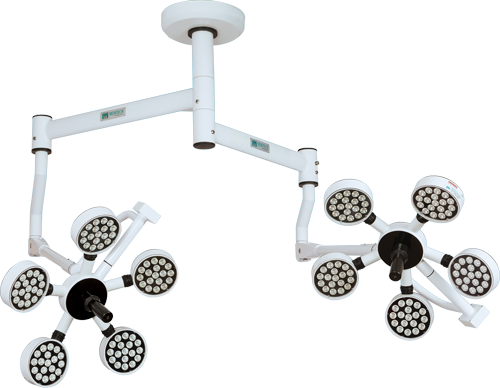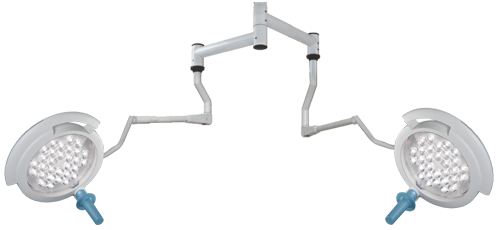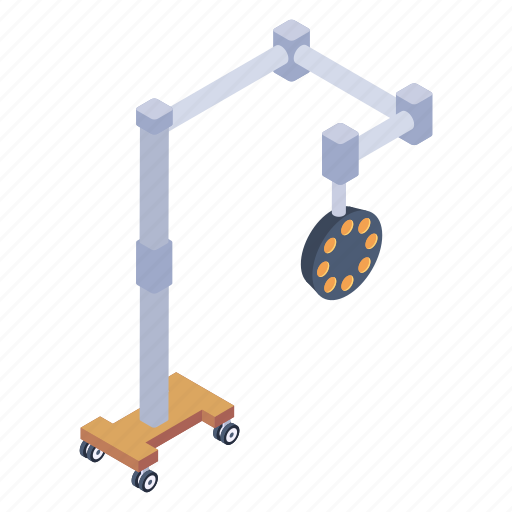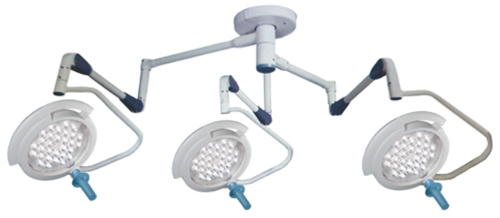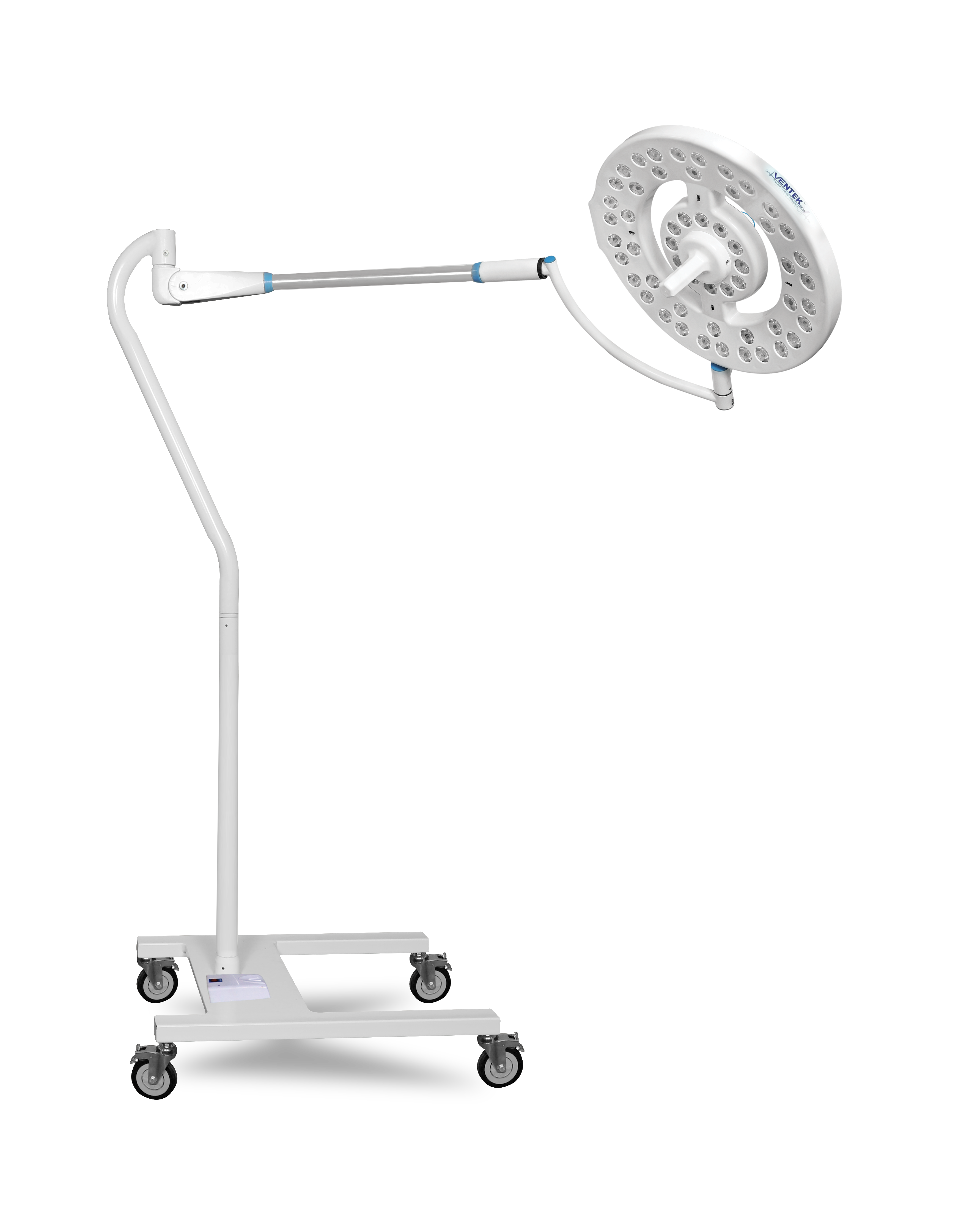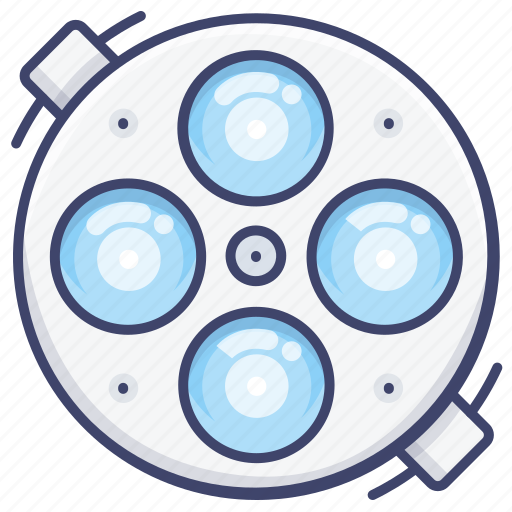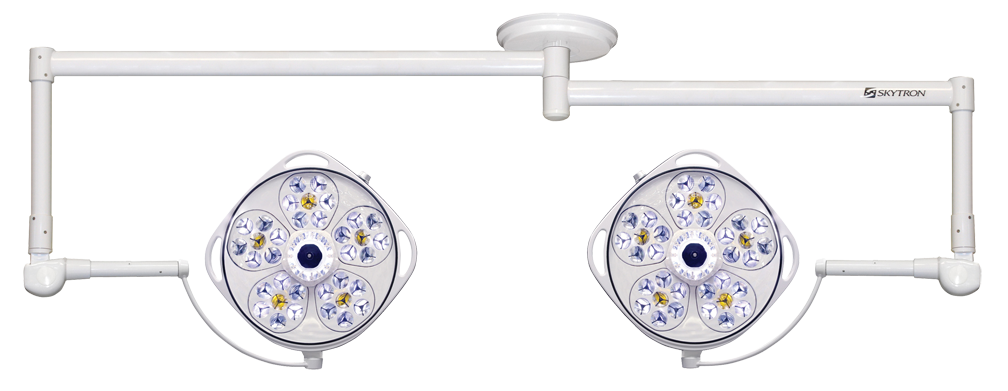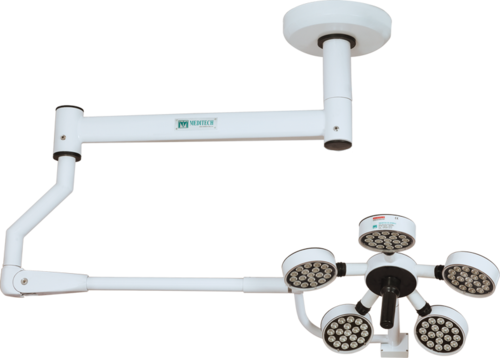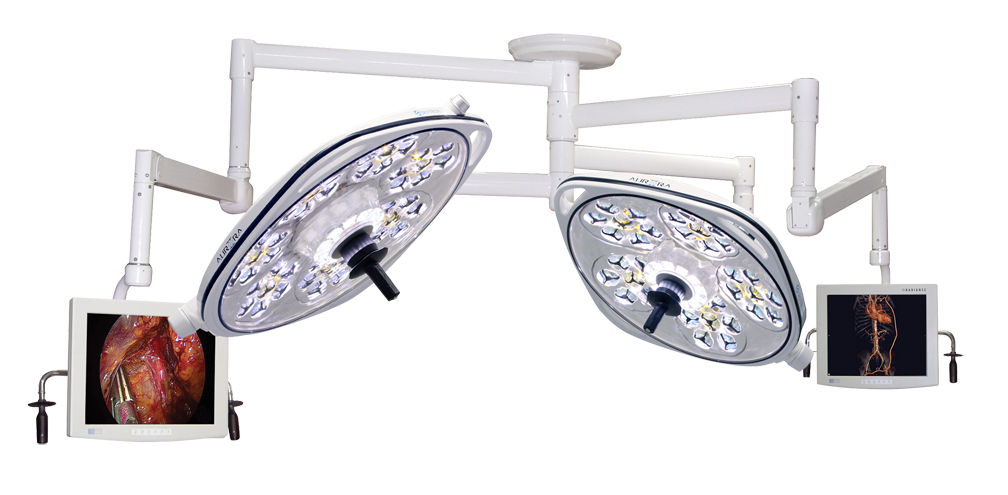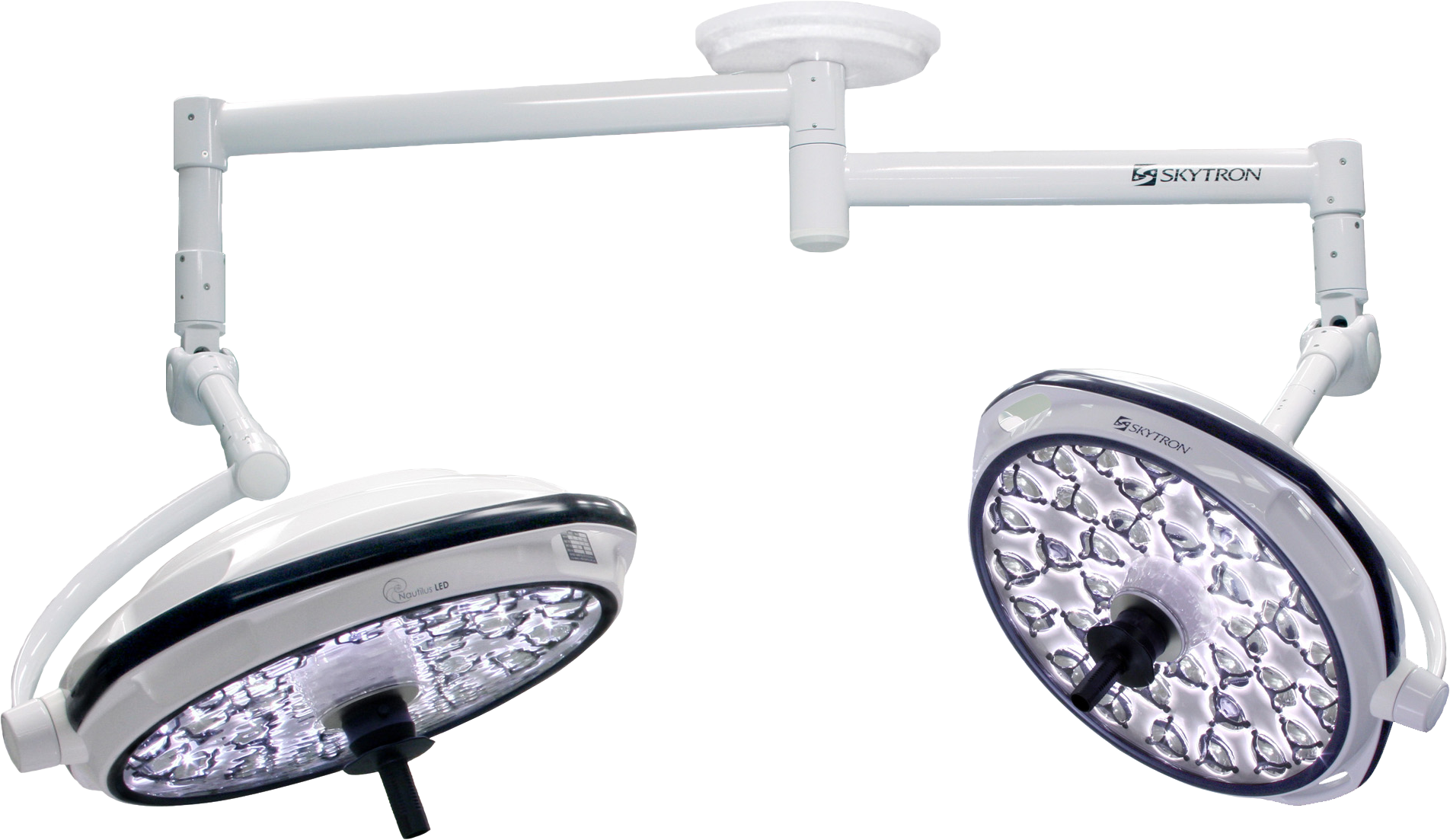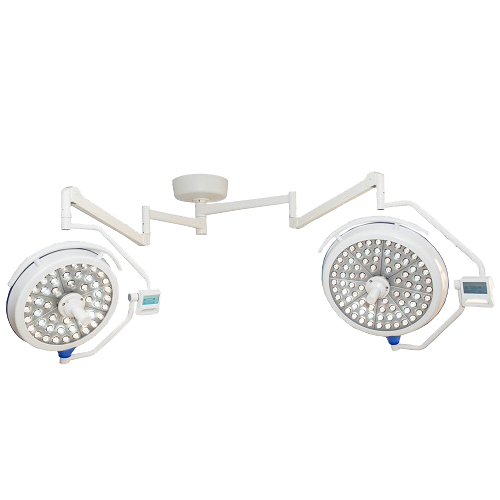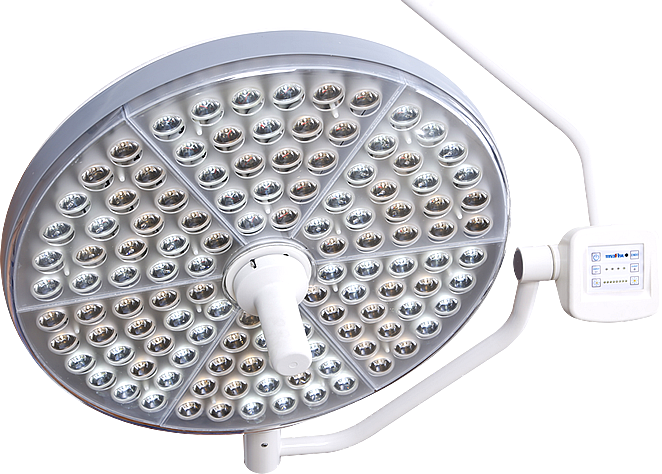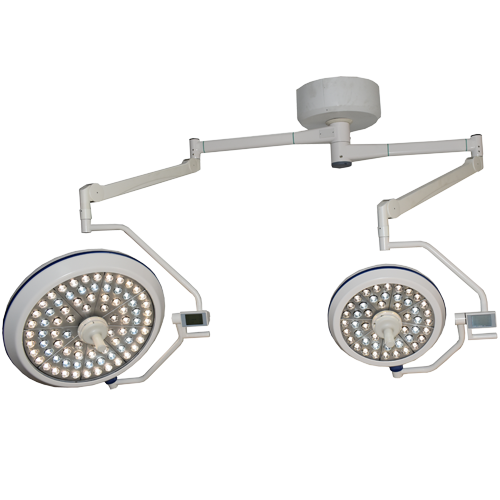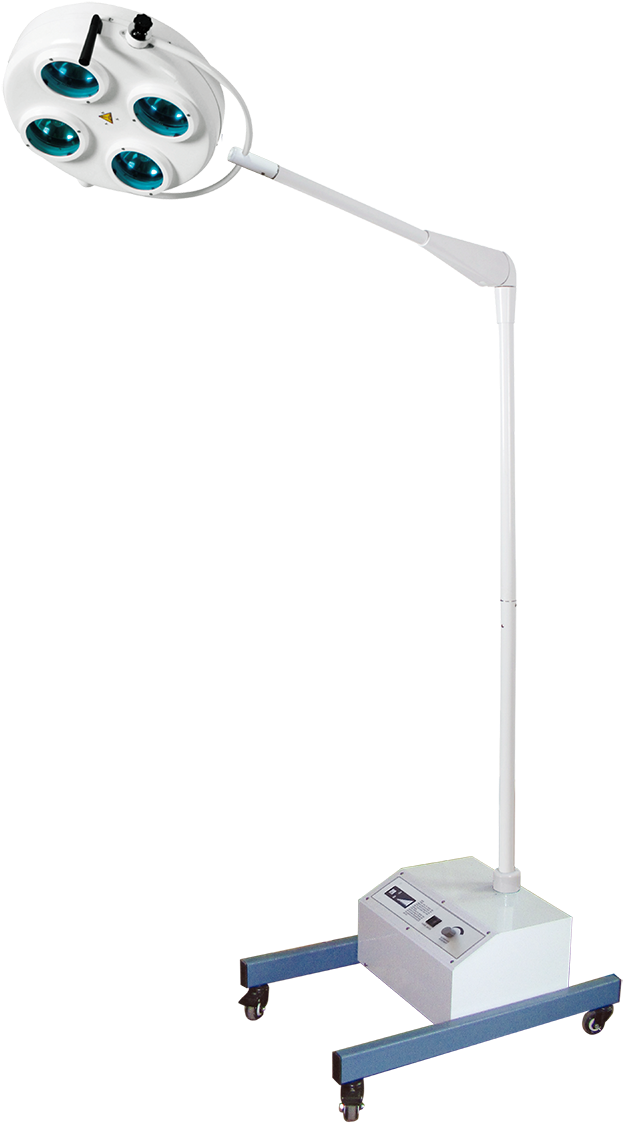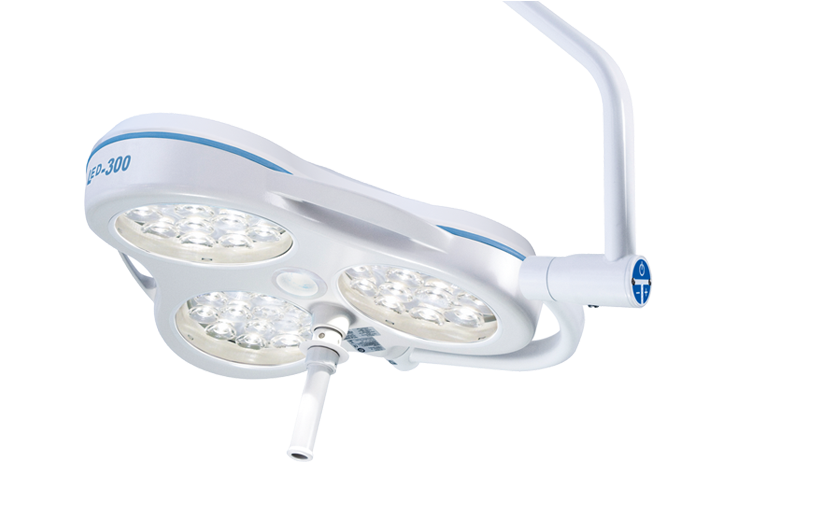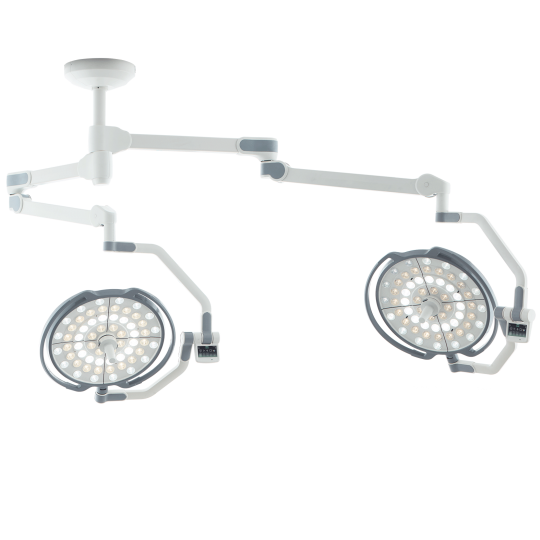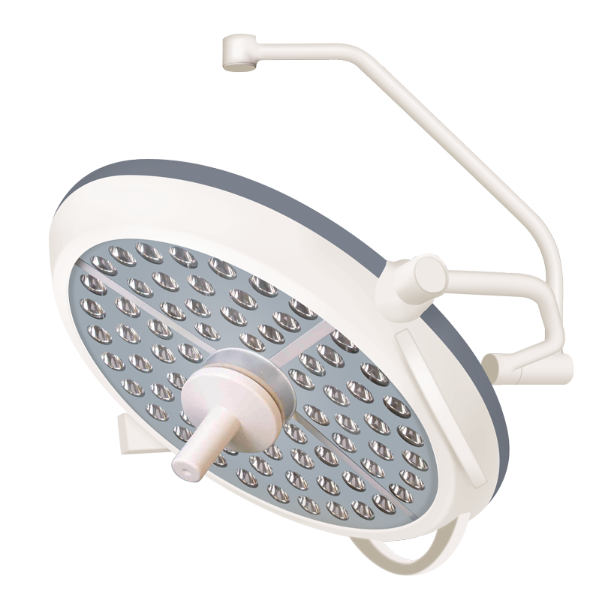Download top and best high-quality free Surgical Light PNG Transparent Images backgrounds available in various sizes. To view the full PNG size resolution click on any of the below image thumbnail.
License Info: Creative Commons 4.0 BY-NC
A surgical light, also known as an operating light or surgical lighthead, is a medical equipment that illuminates a specific region or cavity of the patient to aid medical staff during a surgical procedure. A “surgical light system” is a collection of many surgical lights used together.
Operating rooms were designed with windows in the ceiling in the mid-1850s to take use of as much natural light as possible. The main issue was illumination, and whether or not a treatment could be performed depending on the time of day and weather circumstances. A doctor, nurse, or medical equipment might also readily obscure the light.
The use of mirrors on the four corners of the ceiling to reflect sunlight onto the operating table only helped to mitigate these issues to a degree. Attempts were made to limit the heating by using an optical condenser in indirect light, but they were unsuccessful. In the 1880s, the introduction of electric lighting into the operating room was fraught with issues. Controlling the light output was difficult with early electrical technologies. The electric light was still flowing and hazy, emitting a lot of heat. As light sources, light-emitting diodes eliminate the problem of heat radiation while also lowering energy consumption.
The distance between the locations above and below the center point that have a 20 percent light intensity. The photometer is pushed toward the light from the point of highest illumination, which is the center of the light field 1 meter from the light-emitting surface, until the light intensity measured decreases to 20% of the maximum value.
L1 denotes the distance between the center and this location. L2 is the same distance measured in the opposite direction of the light. The sum of the two distances L1 and L2 is the depth of illumination without the need to refocus. The threshold value was increased from 20% to 60% in the second version of the IEC standard, which was released in 2009.
The International Electrotechnical Commission (IEC) created the document IEC 60601-2-41 ” Particular requirements for the basic safety and essential performance of surgical luminaires and luminaires for diagnosis, 2009 to establish norms and guidelines for the characteristics of surgical and examination lights in order to ensure patient safety and reduce risk when the light is used according to the user manual. The following are some of the requirements for surgical lightheads:
Homogenous light: Despite obstructions such as surgeons’ heads or hands, the light should provide enough lighting on a flat, narrow, or deep surface in a hollow.
The center illuminance should range from 160,000 to 40,000 lux.
The D50 diameter of the light field should be at least 50% of the D10 diameter.
Color rendition: The color rendering index (Ra) should be between 85 and 100 in order to detect genuine tissue color in a cavity.
Backup option: In the event of a power outage, the light should be restored in less than 5 seconds with at least 50% of the previous lux strength, but not less than 40,000 lux. The light should be totally restored to its original brilliance after 40 seconds.
The IEC paper also specifies what needs to be communicated to the user. The voltage and power consumption, for example, should be indicated on or near the lampholder and the lighthead. The following should be stated in the usage instructions.
Download Surgical Light PNG images transparent gallery.
- Surgical Light Transparent
Resolution: 864 × 681
Size: 442 KB
Image Format: .png
Download
- Surgical Light
Resolution: 1200 × 524
Size: 280 KB
Image Format: .png
Download
- Surgical Light Equipment PNG
Resolution: 512 × 512
Size: 26 KB
Image Format: .png
Download
- Surgical Light PNG Photos
Resolution: 1200 × 630
Size: 799 KB
Image Format: .png
Download
- Surgical Light PNG Images HD
Resolution: 710 × 550
Size: 290 KB
Image Format: .png
Download
- Surgical Light Equipment PNG Images
Resolution: 800 × 800
Size: 111 KB
Image Format: .png
Download
- Surgical Light Equipment PNG HD Image
Resolution: 750 × 750
Size: 254 KB
Image Format: .png
Download
- Surgical Light Equipment PNG Image HD
Resolution: 750 × 750
Size: 286 KB
Image Format: .png
Download
- Surgical Light Equipment PNG Picture
Resolution: 1000 × 1000
Size: 201 KB
Image Format: .png
Download
- Surgical Light Equipment PNG Clipart
Resolution: 1000 × 1000
Size: 240 KB
Image Format: .png
Download
- Surgical Light PNG Image HD
Resolution: 500 × 230
Size: 88 KB
Image Format: .png
Download
- Surgical Light PNG Photo
Resolution: 600 × 600
Size: 134 KB
Image Format: .png
Download
- Surgical Light PNG Images
Resolution: 677 × 600
Size: 292 KB
Image Format: .png
Download
- Surgical Light PNG Clipart
Resolution: 1191 × 1200
Size: 1237 KB
Image Format: .png
Download
- Surgical Light PNG Free Image
Resolution: 500 × 388
Size: 179 KB
Image Format: .png
Download
- Surgical Light PNG
Resolution: 500 × 230
Size: 90 KB
Image Format: .png
Download
- Surgical Light Equipment PNG Photos
Resolution: 512 × 512
Size: 29 KB
Image Format: .png
Download
- Surgical Light Equipment PNG Pic
Resolution: 512 × 512
Size: 37 KB
Image Format: .png
Download
- Surgical Light Equipment No Background
Resolution: 500 × 218
Size: 129 KB
Image Format: .png
Download
- Surgical Light No Background
Resolution: 3552 × 4480
Size: 1703 KB
Image Format: .png
Download
- Surgical Light Equipment PNG Photo
Resolution: 512 × 512
Size: 77 KB
Image Format: .png
Download
- Surgical Light Equipment Transparent
Resolution: 1008 × 391
Size: 279 KB
Image Format: .png
Download
- Surgical Light PNG Pic
Resolution: 500 × 358
Size: 107 KB
Image Format: .png
Download
- Surgical Light PNG File
Resolution: 1008 × 495
Size: 383 KB
Image Format: .png
Download
- Surgical Light Equipment PNG File
Resolution: 1904 × 1103
Size: 1290 KB
Image Format: .png
Download
- Surgical Light PNG HD Image
Resolution: 500 × 500
Size: 106 KB
Image Format: .png
Download
- Surgical Light PNG Image
Resolution: 662 × 474
Size: 476 KB
Image Format: .png
Download
- Surgical Light PNG Picture
Resolution: 500 × 500
Size: 136 KB
Image Format: .png
Download
- Surgical Light Equipment PNG Image
Resolution: 623 × 1123
Size: 237 KB
Image Format: .png
Download
- Surgical Light Equipment
Resolution: 822 × 525
Size: 296 KB
Image Format: .png
Download
- Surgical Light Equipment PNG Cutout
Resolution: 540 × 540
Size: 108 KB
Image Format: .png
Download
- Surgical Light PNG Cutout
Resolution: 602 × 600
Size: 232 KB
Image Format: .png
Download
